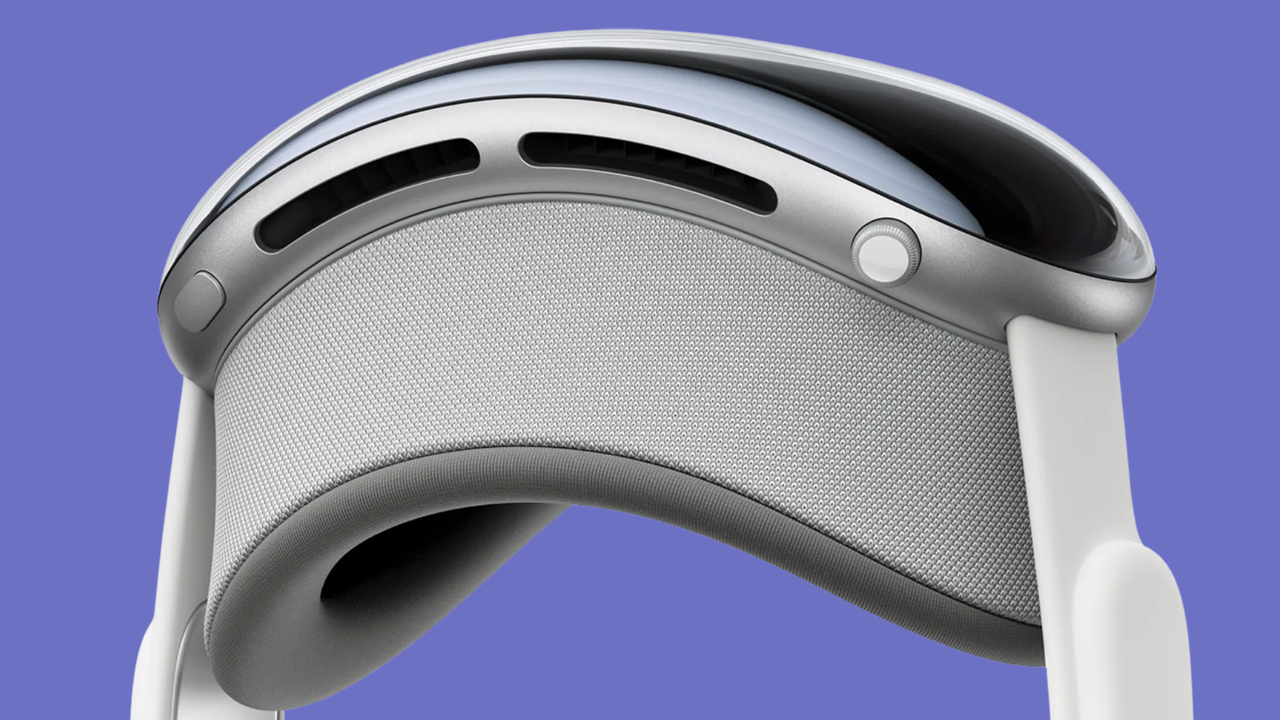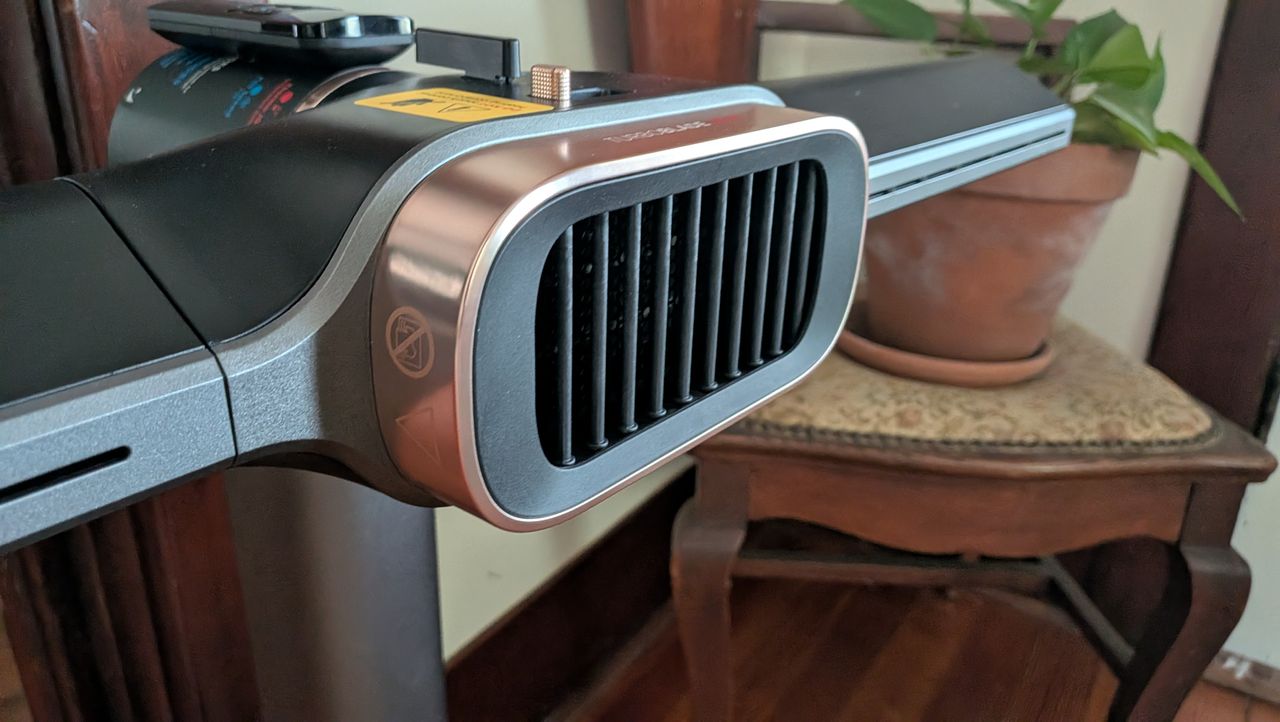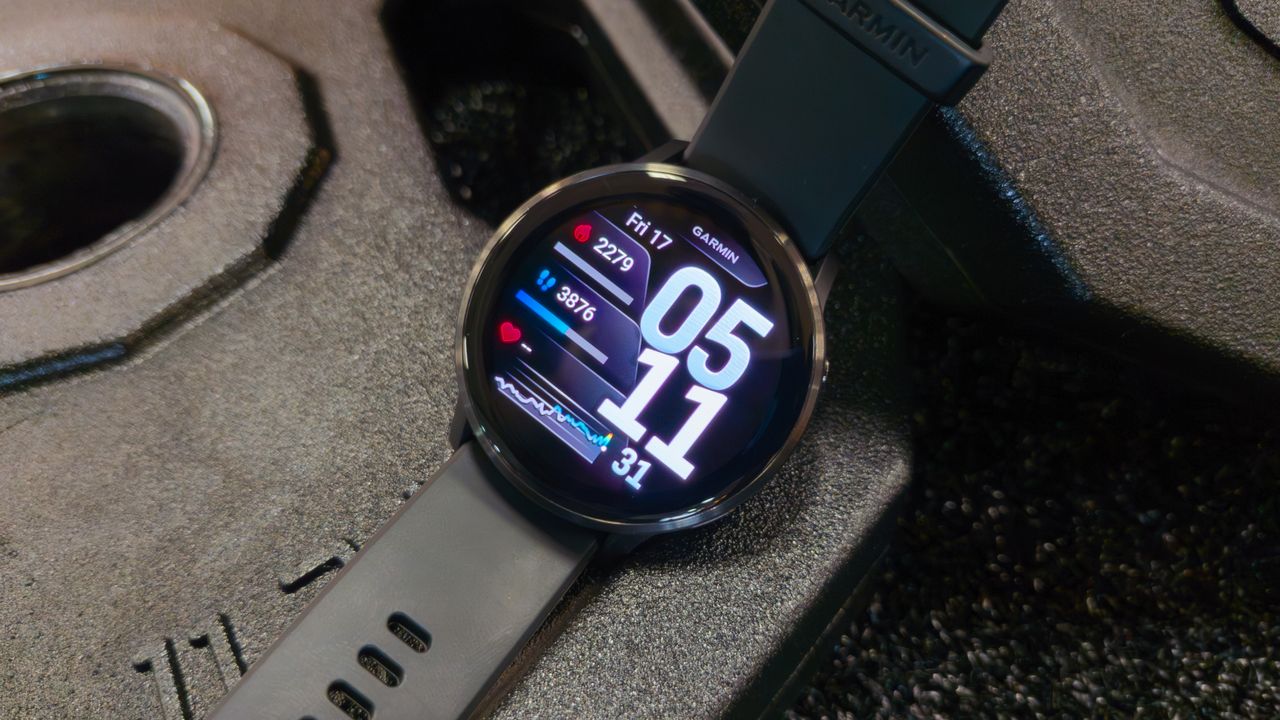
Indie App Spotlight: ‘Auvio’ lets you create endless soundscapes on your iPhone
Welcome to Indie App Spotlight . This is a weekly 9to5Mac series where we showcase the latest apps in the indie app world. If you’re a developer and would like your app featured, get in contact . Auvio is a neat audio engine for your iPhone. It offers everything you’d need to create your own immersive and personal soundscapes, whether you want them to fall asleep to, for focusing, or for studying. more…














